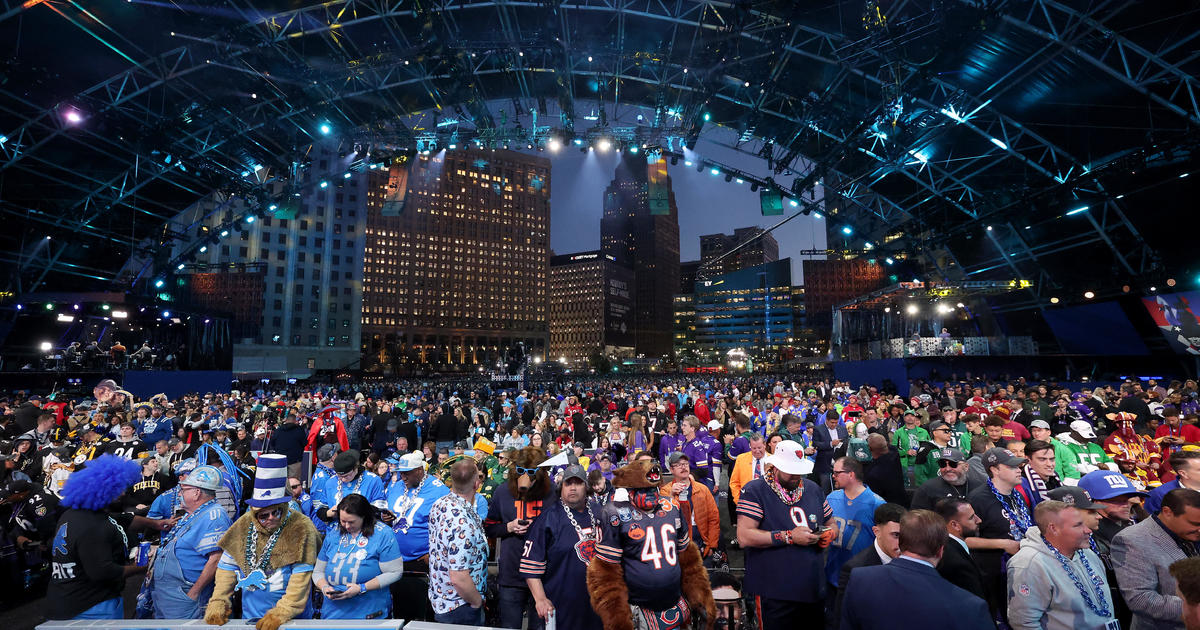Contact Fatigue by the Numbers: Kettering Prof's Math Predicts Lubrication Conditions Under Heavy Loads
FLINT -- Kettering University mathematics professor Ilya Kudish has developed the mathematical key to unlock a problem faced daily by those engaged in transferring high power or transporting heavy loads -- predicting lubrication conditions.
It may not make headlines, but rolling contact fatigue is a major issue for devices and machines with gears, bearings, and other parts involved in frequent motion -- in other words, almost all machines. Kudish, professor of Mathematics at Kettering University, is one of an elite group of scientists worldwide working to address this issue.
"I have made progress on the serious problem of lubrication," said Kudish of his second book on the topic of elastohydrodynamic lubrication, which is one of the major factors affecting contact fatigue.
The 700-page volume is titled "Elastohydrodynamic Lubrication for Line and Point Contacts. Asymptotic and Numerical Approaches," and is due out in June. (His first book, "Modeling and Analytical Methods in tribology," was a 900-page tome co-written with Dr. Michael J. Covitch, a chemist for Lubrizol.)
Tribology is the science and engineering of interacting surfaces in relative motion, including the study and application of the principles of friction, lubrication and wear. Contact fatigue, or pitting, exacerbates defects and cracks in metal. It is caused by inherent material defects and repeated stresses occurring in material. Kudish works with 17 other international experts to identify research models to solve the physical problems associated with rolling contact fatigue.
"Lubrication problems in contact fatigue are so complex they can only be solved numerically," Kudish said. "It is virtually impossible to find precise analytical solutions because one of the challenges is having to solve problems described by integro-differential equations."
One real-world problem requiring lubrication solutions is found in transporting heavy loads.
"Requirements are getting more stringent on such types of equipment as bearings (and) gears ... they have to be able to carry heavier loads than ever before," Kudish said. "I have made progress in reducing the two-dimensional point heavily loaded lubrication problem to a one-dimensional line heavily loaded lubrication problem."
What this means is that researchers can now better understand what is happening in the lubricated context of contact fatigue. "I used analytical methods first and then numerical methods," said Kudish.
The numerical methods for solving the isothermal elastohydrodynamic lubrication problems for heavily loaded contacts are generally unstable. It turns out, that by using the combined analytical and numerical approaches it is possible to come up with a simple formula creating a clear, physical sense of regularization which leads to stable solutions of isothermal heavily loaded point and line EHL problems.
This dual approach has already enabled him to derive analytical formulas for lubrication film thickness which can be used by experimentalists in the field. A stable solution translates into more accurate modeling.
"Slight changes in a modeling problem with a stable solution produce slight changes in the outcome predicted, whereas in an unstable solution a small change can result in big changes in the outcome," Kudish said.
Kudish is an ASME Fellow and a member of the International Research Group on Rolling Contact Fatigue, whose members meet every other year to collaborate on research models to solve the physical problems associated with rolling contact fatigue. In 2012, Kudish was invited to work on fracture mechanics and contact fatigue in the capacity of a Visiting Professor at INSA in Lyon, France. He just completed a second three-year term as an associate editor of ASME Journal of Tribology, and is a contributor to the 2013 edition of the Encyclopedia of Tribology (Springer) as well as the Encyclopedia of Life Support Systems (EOLSS) published under auspices of UNESCO. Read about Kudish's first tribology book at www.kettering.edu/news/tribology-tome.



